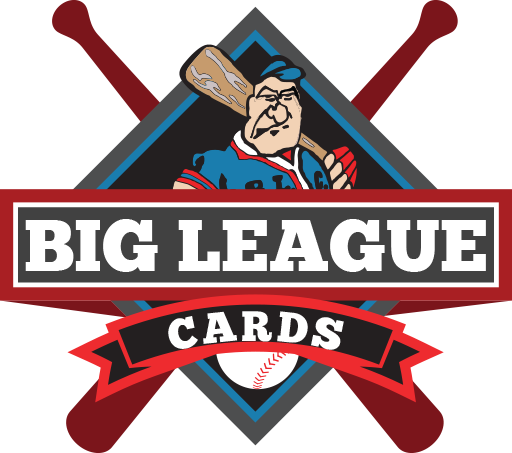Inside the Pack: What Happens to Cards if Baseball Doesn’t Return in 2020?
Last week, Major League Baseball proposed a 50-game season in which players would receive their full pro-rated salary for every game. Players countered with a 114-game season. Both sides have put out statements indicating they are not interested in negotiating further. I’m not interested in opining about what I think should or shouldn’t happen so that baseball can return in 2020. I am interested in thinking about what might happen to the sports card industry if baseball does not return.
Sports cards are truly having a moment in the sun right now, as the industry has been booming throughout the coronavirus pandemic. While it’s safe to say the market can’t continue at this pace indefinitely, there have yet to be any bona fide indications that a contraction is ready to take place. A lack of baseball in 2020 could shift where this money is being spent within the industry. Basketball cards have been and remain to be incredibly hot; with the NBA returning in July to finish the 2019-2020 season, then taking just a short time up and starting up a new season a few months later, I don’t doubt for a second that basketball cards will maintain and even increase their status as the darling of the sports card world. Investors will flock to the first sport back in a huge way, and any player that goes on a hot streak when the season restarts is sure to capture the attention of the industry.
New and recent release baseball cards, on the other hand, will have a huge problem if negotiations stall and no MLB season takes place. There are several aspects of the baseball card market that will suffer. The biggest one that comes to mind are rookie cards. Beginning in 2006, MLBPA announced that a player’s official “rookie card” would be designated only after a player had been added to a team’s 25 man roster. Right now the market is hot for rookies who were expected to have big seasons. Guys like Bo Bichette and Gavin Lux and Dustin May and Luis Robert have been popular in releases so far this year. These players will technically still have rookie eligibility according to MLB in 2021, and it remains to be seen if that means they would receive an RC designation on their cards in 2021, as well. If there’s no season in 2020, then these players were still technically added to the 25-man roster in “the previous season.” Collectors will look at the first regular issue card of these players as their true rookies, but we could end up with a pre-2006 situation where players have multiple cards labeled “rookie cards.”
A further issue with this rule is that the early releases in 2021 are likely to either not have rookies, or have the same rookies as 2020. This is because early releases, like Topps Series 1, typically start production in the fall (this is why most offseason trades and fee agent signings are not reflected in Series 1 cards). If there is no baseball, players are not getting called up from the minors and added to the 25-man roster until after the season. Rookies typically drive these products, and if there are no rookies in them, we may see product releases that drop in value on the secondary market, something the industry hasn’t seen in a long time.
A lack of baseball in 2020 may also create a general lack of interest in baseball’s hottest properties. We are currently being robbed of a season in Mike Trout’s prime, of watching the last few great years of Justin Verlander and Clayton Kershaw, of seeing if Juan Soto and Ronald Acuna Jr. continue to blossom into some of the best all-around players in the game. A season-long layoff for every player is unprecedented, and no one knows how it will impact the players next season. As an investor, is it safer to bet on one of these guys, or take your money to football or basketball where games are going to be played and legends will continue to be made?
It will be interesting to see the approach taken in the industry if baseball does not return. Already, Topps announced that 2020 Topps Update, which is typically extremely rookie-focused, will contain prospect cards, presumably in order to make up for the lack of RCs. Could this be a trend moving forward? How else will the industry adapt to the changes caused by a lost season? Let’s hope that baseball returns in 2020 and these questions are rendered moot.





